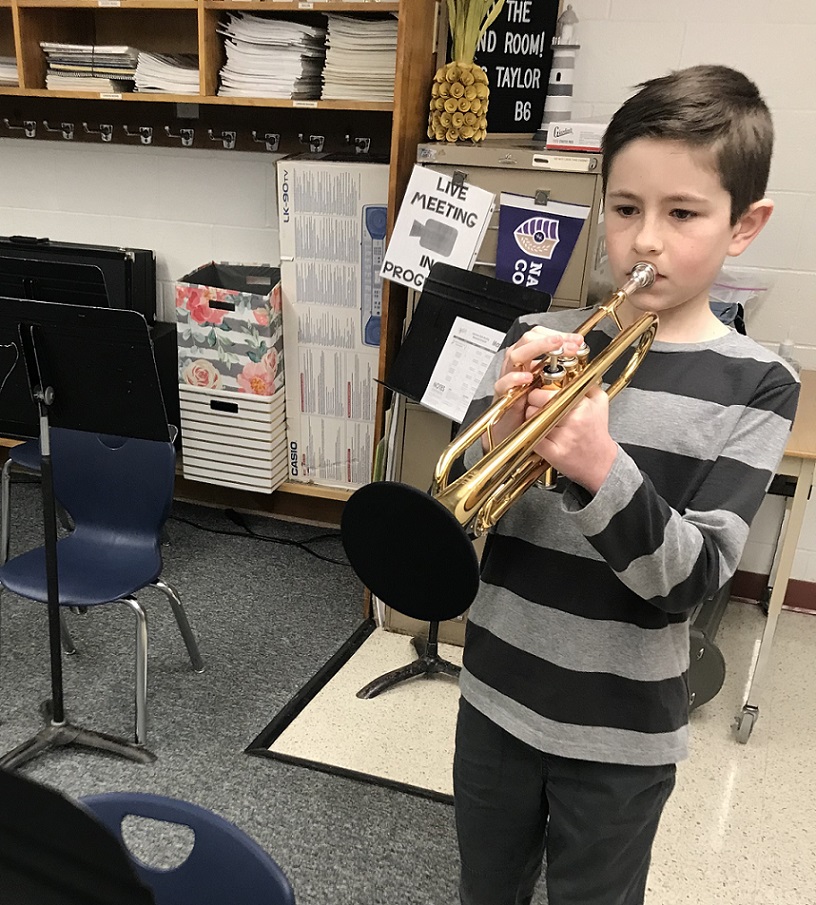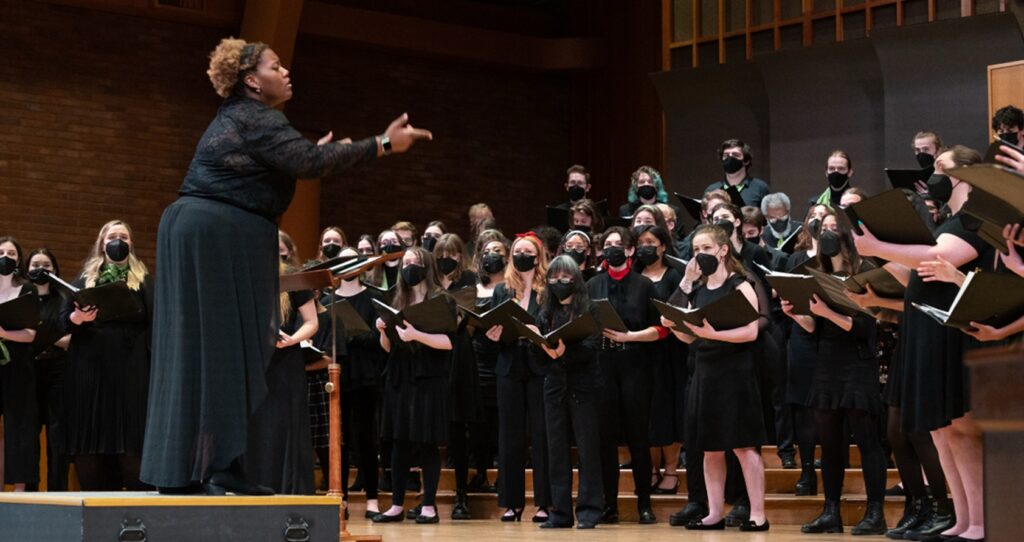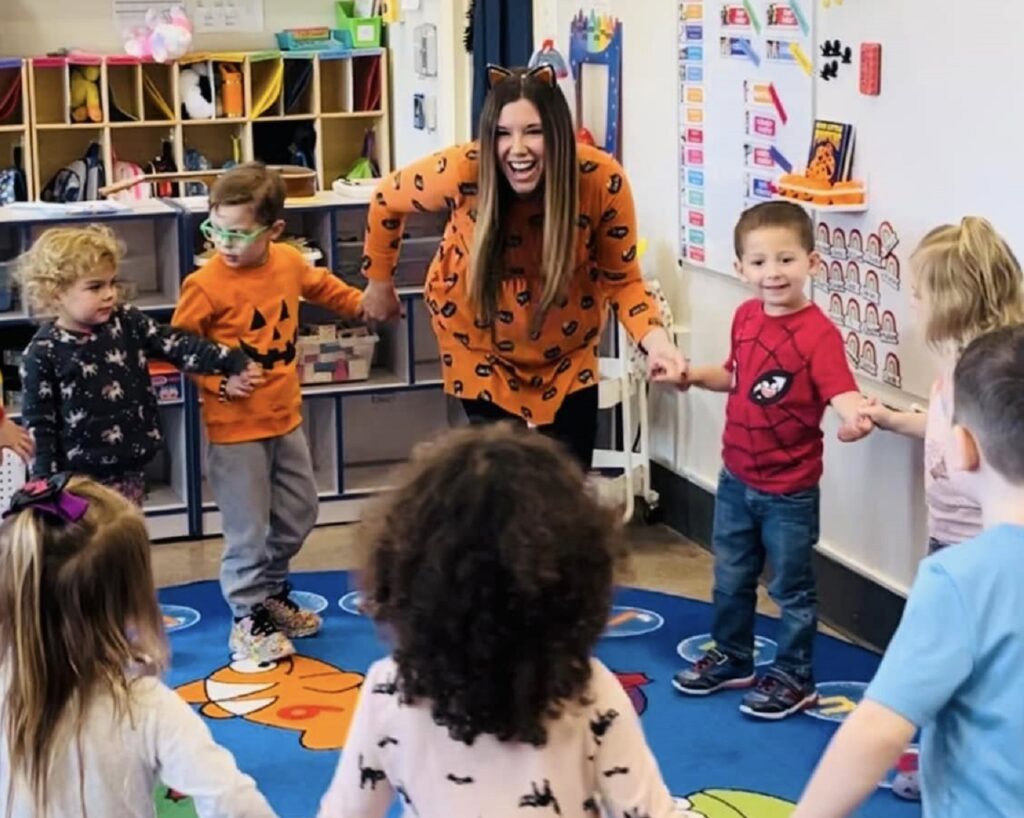Tagged Under:
Case Study: Expanding the Footprint of a Storied Music Program
A new band director revitalized the successful music program at Shelby County High School with creative fundraising initiatives and buy-in from students and parents.
In the summer of 2018, I began my tenure as the director of bands at Shelby County High School (SCHS) in Columbiana, Alabama.
Columbiana is the county seat of the smaller of two counties that make up the greater Birmingham area.
SCHS has a long history of superior performance in all aspects of the band program, but I wanted to widen its footprint. My first task was meeting with the band boosters, our primary fundraising and support group. I told them that I wanted to take the program to new heights.
My first question: “What is our most pressing need as a band program?” The answer was not a surprise — funding!
The band boosters historically raised enough money to fund the program’s necessary equipment and needs. The primary source of funds was the concession stand from football games, and in total, the boosters brought in just under $20,000. Band members paid a participation fee that primarily financed the marching band season. A few extra dollars went toward concert band-related expenses, such as music and travel to state assessments and honor bands. Little money was left for significant purchases.
Must-Have: New Uniforms
However, the boosters wanted more, and frankly, our program needed more, especially new uniforms and instruments. Our first attack plan was uniforms. In 2018, the marching band uniforms were 18 years old. The typical lifespan of a uniform is 7 to 9 years, which meant that the SCHS students were marching in uniforms that were twice their age. Throughout the years, the band program added newer models of the same design, but everyone was ready for a new look.
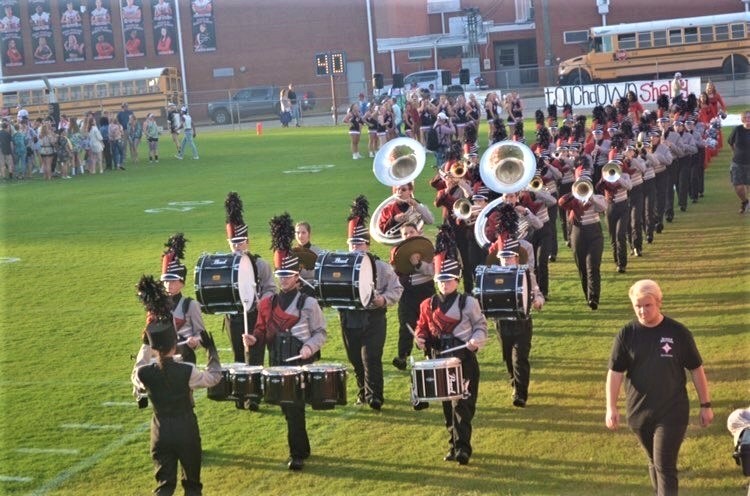 The school year began with band camp, and I hit the ground running by getting to know the students and community members. At the conclusion of the fall semester, the boosters had raised their concession stand money for the year, but we still needed more money. Going around our small town, I met many people who wanted to support the band. I spoke with my administration about launching a fundraising capital campaign to donate for new uniforms. I decided to send sponsorship letters, which included incentives to businesses. These businesses would have the opportunity to have their names/logos displayed at games, on our website and at other public display areas. Additionally, I added incentives for parents and students to go out and secure these sponsorships. We split the donations 50/50, meaning the student who sold the sponsorship received 50% of the funds directed toward their band account. The other 50% went to our uniform campaign. In two months, more than $17,000 was raised through this campaign, putting our total for uniform funding over what we needed.
The school year began with band camp, and I hit the ground running by getting to know the students and community members. At the conclusion of the fall semester, the boosters had raised their concession stand money for the year, but we still needed more money. Going around our small town, I met many people who wanted to support the band. I spoke with my administration about launching a fundraising capital campaign to donate for new uniforms. I decided to send sponsorship letters, which included incentives to businesses. These businesses would have the opportunity to have their names/logos displayed at games, on our website and at other public display areas. Additionally, I added incentives for parents and students to go out and secure these sponsorships. We split the donations 50/50, meaning the student who sold the sponsorship received 50% of the funds directed toward their band account. The other 50% went to our uniform campaign. In two months, more than $17,000 was raised through this campaign, putting our total for uniform funding over what we needed.
With the combination of booster fundraised money from the concession stand and the sponsorships, we ordered 65 new uniforms for the marching band for the 2019 season. There was even additional money to purchase a sound system to amplify our front ensemble, leading to a new program element.
Securing Grants for Beginner Instruments
Now it was time to tackle the next problem. To significantly expand and grow the program, we had to increase enrollment in our lower levels with a primary focus on the beginner level.
At the start of the 2019-2020 school year, our school district’s fine arts supervisor emailed all the fine arts teachers about a grant opportunity by our state department of education. The grant program, Alabama Art Education Initiative, is set up by the legislation to offer schools and community organizations the opportunity to apply for grant money to fund arts programs. Over a three-year process, each program can receive up to $40,000 to apply to their school or organization projects.
I began to formulate my idea but wasn’t sure how to develop the words. I researched and found this writing prompt: You are a superhero. How will you save the world?
That prompt was a lightbulb moment for me. I had found a way to craft my grant application. I focused on funding instruments for all beginner band students for middle school. Why? Because more beginning band students would lead to high attendance rates, which would lead to more student involvement in high school. More high school involvement leads to higher graduation rates and test scores, when then leads to more scholarships for college students. More college graduates in the area leads to an economic boom in the community, which would turn into a higher standard of living. You can see how I thought of this as saving the world, at least our little corner of the world.
 The first year of the grant offered $16,000, 20% of which had to go to professional development. With these funds, I planned to repair all school instruments, so they could be used, and purchase some new instruments to start a supply to offer students. With grand funds in the subsequent years, I would add to the collection of instruments.
The first year of the grant offered $16,000, 20% of which had to go to professional development. With these funds, I planned to repair all school instruments, so they could be used, and purchase some new instruments to start a supply to offer students. With grand funds in the subsequent years, I would add to the collection of instruments.
I finished writing the grant application and submitted it on Halloween 2019 and thought, “There is no way I will get this.” I had never received a grant before, and all I could do was wait and hope.
Almost four months later, we finally heard back. We had been selected as one of the recipients of the grant! I don’t know how I made it to the front office, but I’m sure my screaming down the halls disrupted all the AP classes that meet outside my band room.
We shared the news, and I started prepping the inventory and purchasing new instruments. With this additional funding and the savings from the capital campaign, the boosters had excess money at the end of the 2019 concession stand season. We decided to use those funds to bring in private instructors for masterclasses once a week for each section.
Everything was going remarkably well — we had new uniforms, new equipment, free beginner instruments, private instructors, community backing, and the band was scheduled to go to New York and Disney. Our footprint was expanding and at a much faster rate than I had thought possible.
Then COVID-19 struck, and everything stopped.
Pandemic Positives
Instead of dwelling on the negative aspect of COVID-19, I want to look at how the SCHS band program improved during the pandemic. The students grew musically because we spent a lot more time working on fundamentals and building our individual skills. When we finally came together in January 2021 as a full ensemble, we performed at a higher level.
Financially, we allocated more grant money for more instruments because professional learning in the traditional sense had been put on hold. As a result, we now have a more extensive instrument inventory for the middle school.
And finally, COVID-19 has allowed me to reevaluate music education and the mental health of my students. Performances are essential, but I found that individual achievement leads to an outstanding overall performance. While we didn’t perform in the usual way this year, our moments together have been memorable and have led to real growth in the program. More SCHS students have made county, district and state-level honor bands than in previous years, and the band was invited to perform at the national level at the 2022 President’s Cup, which is sponsored by the U.S. Army’s “Pershing’s Own” Band.
Because of the reset of the 2020-2021 school year, I have focused on recruiting and building on what we have. I secured more grant money this school year to add to the beginner program instrument inventory at the middle school and start funding the high school with 50 additional uniforms, bringing the total to 115 uniforms. The beginner program now offers enough instruments for the following instrumentation for beginner level, with plans to expand each year:
- 4 flutes
- 1 oboe
- 9 clarinets
- 3 alto sax
- 1 tenor sax
- 10 trumpets
- 2 French horns
- 8 trombones (3 are F attachment horns)
- 2 euphoniums
- 3 tubas
- 4-6 percussion
All in all, more than 45 students can participate in the beginner band at the middle school for free. If the numbers continue to grow for beginner band, the total 6-12 music program will double in size in next four years.
In addition to the $52,500 in grants that I secured in two years, the boosters no longer have the financial burden of funding uniforms and equipment needs. They also do not have to fund professional learning for two years. As a result, they purchased four new concert tubas and a contrabass clarinet for the high school program, a purchase that would not have been possible without the previous fundraising efforts. The release from financial burden is allowing the band program to flourish at the middle school and SCHS.
New School Year, New Show
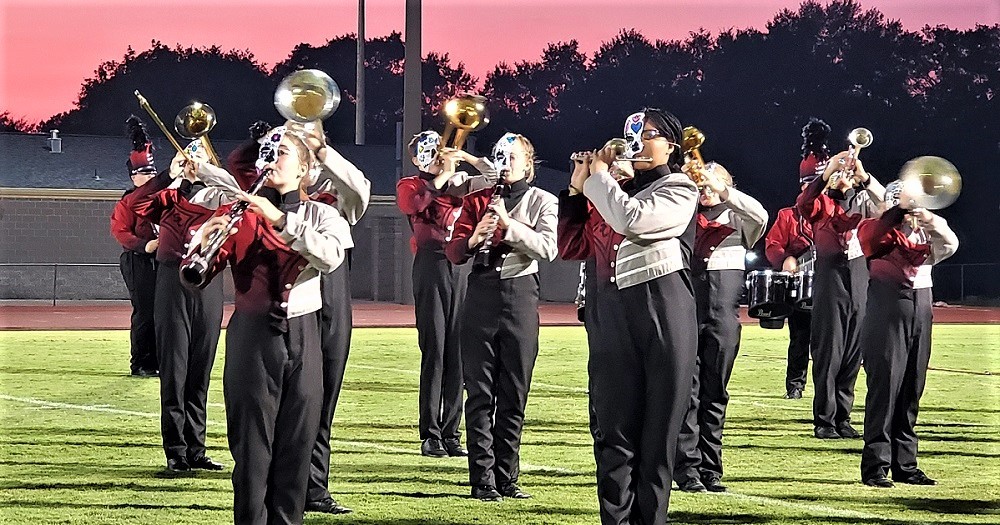 Next school year, the marching band will be back up and running at full capacity with a new show called “Royals of Rock.” We will chronicle a performer’s journey to become a rock legend by learning from the masters like Chuck Berry, the Beatles and Queen, all while being mixed in with Lorde’s “Royals.” We will have a full touring schedule and plan to take the next step and compete at our state championship contest. We will have more instrumentalists on the field than in the four previous school years — and in new uniforms! Our Symphonic Band will perform for the first time on the national stage in April 2022. Students will be playing on high-quality instruments from grades 6-12 and will be given weekly lessons by some of the top musicians in the area.
Next school year, the marching band will be back up and running at full capacity with a new show called “Royals of Rock.” We will chronicle a performer’s journey to become a rock legend by learning from the masters like Chuck Berry, the Beatles and Queen, all while being mixed in with Lorde’s “Royals.” We will have a full touring schedule and plan to take the next step and compete at our state championship contest. We will have more instrumentalists on the field than in the four previous school years — and in new uniforms! Our Symphonic Band will perform for the first time on the national stage in April 2022. Students will be playing on high-quality instruments from grades 6-12 and will be given weekly lessons by some of the top musicians in the area.
I still remember responding to the band boosters with an enthusiastic, “OK, we can do this!” We’ve accomplished a lot in two years, but there’s still more I plan to do to improve the SCHS music program.










